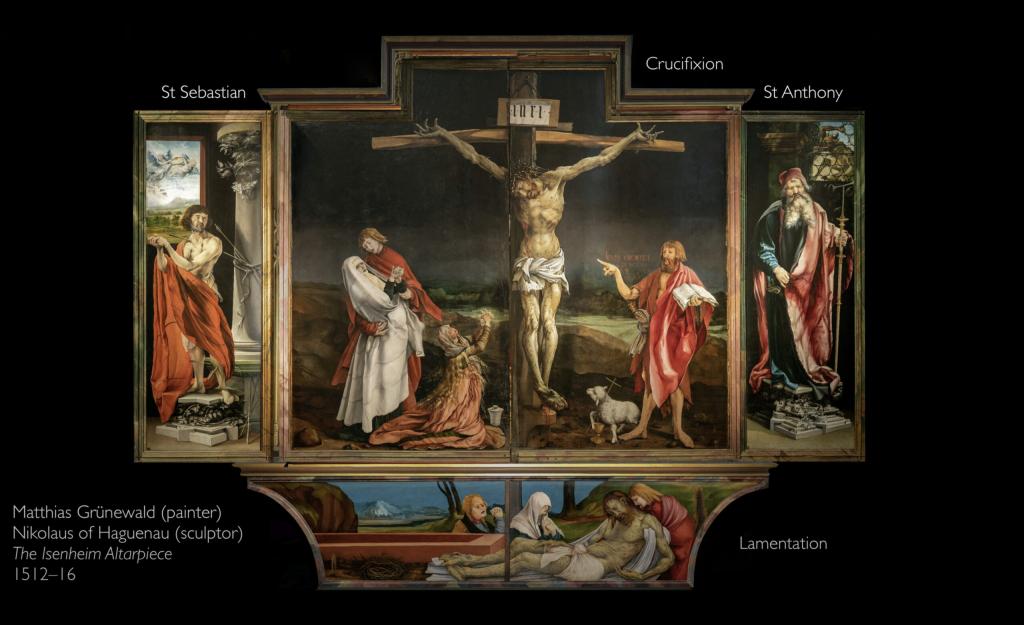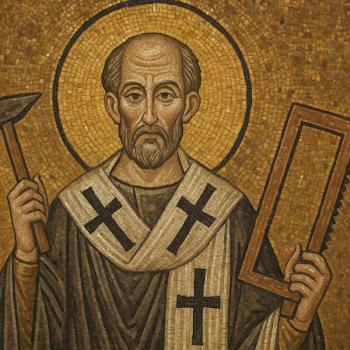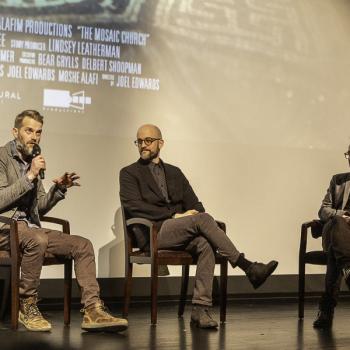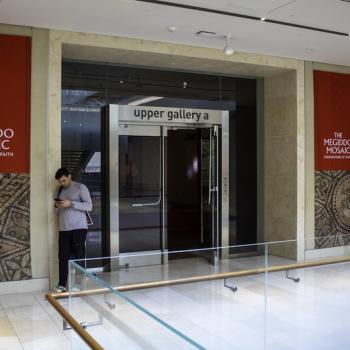
I will speak more about Matthias Grünewald and this masterpiece a bit later in this post, but for now, just notice his work. Take in and notice whatever you find arresting your mind.
As we celebrate Resurrection Sunday, we are reminded of the profound significance of this day in the Christian calendar. It is a day when we commemorate not only the resurrection of Jesus Christ, and the hope of eternal life, but also the culmination of his earthly mission. Jesus lived out a mission marked by profound empathy and through his death and resurrection made way for our ultimate redemption and the restoration of creation with its creator. Every aspect of Jesus’ life and ministry, including his death, was a mission motivated by the love of God the Father that he calls us on mission in the same way.
Jesus lived our lives.
Jesus, in his earthly ministry, did not simply come to teach or to perform miracles, though he surely did show was the extraordinary way that we live with God’s Spirit in ordinary situations. He also came to fully relate to God’s creation, and provide the way in which we were to live and find right relationship with God, by immersing himself in the human experience. Jesus walked the path we walk, and to ultimately endured the fate that awaits us all – death. The cross stands as a stark reminder that Jesus experienced the depths of human suffering, bearing the weight of our sins and the agony of our fatalist and mortal existence. God is not in a hammock looking down at a suffering humanity, rather God sends the Son of God to be with the Creation of God in the darkest of their moments to show them a way through.
The cross brings about new hope and new power.
It is precisely on the cross where Jesus demonstrated his solidarity with humanity in its most vulnerable state. We see Jesus, in his suffering and death, demonstrated and assured us that he understands our pain, our struggles, and our deepest fears. Jesus emerges as the light of the world, from the darkest of valleys. However, the cross, nor his death, is not the end of the story. It is the moment when Jesus, through his resurrection, when shattered the chains of death, that ushered in a new dawn of hope and eternal life. There is victory over death and everything else that means to define our life. Nothing grips and defines our life like death, but now even death is not the final word. On the cross we find victory.
This morning, many of us gathered in faith communities of all shapes and sizes to celebrate the resurrection, let us not only rejoice in the victory over death, and the promise of eternal life, but also reflect on the profound message it carries – eternity is being ushered into the here-and-now and we can emerge victorious, with a suffering Messiah at our side. Jesus’ resurrection is not just a historical event; it is a powerful declaration that there is more to life than the transient struggles and sorrows we endure. It is an invitation to embrace the abundant life that Jesus promised – a life marked by love, grace, and eternal fellowship with God.
Grünewald’s alterpeice is a testament to the Resurrection story.
One of the greatest examples of how this story makes a difference in our contexts is in the small town of Isenheim, nestled in the heart of 16th-century Germany. It was then and there that an extraordinary altarpiece emerged from the skilled hands of Matthias Grünewald. The altarpeice, crafted between 1512 and 1516 by Grünewald, is not just a masterpeice, nor just a creative religious artifact, but rather it is a profound symbol of empathy and redemption. It demonstrates the power of Jesus’ death and resurrection, and the way in which he was the suffering servant.
Grünewald’s altarpiece, housed in the Isenheim hospital, stands as a testament to both the suffering of Christ and the afflictions of humanity. It depicts Jesus, not as a serene figure of divinity, but as a man ravaged by the symptoms of ergotism – a disease that plagued the patients in the hospital. The haunting and erie portrayal of Christ, shown to be afflicted with the same ailments as those seeking solace within the hospital walls, is as gruesome as it is empathetic.
Ergotism, caused by the ingestion of ergot fungi found in contaminated grain, inflicted its victims with excruciating pain, convulsions, and hallucinations. Grünewald’s decision to depict Jesus in this manner was not merely artistic license but a deliberate choice to connect with the suffering of the viewers. By presenting Christ as a fellow sufferer, the altarpiece offered solace and understanding to those grappling with their own afflictions.
The power of contextualizing the Resurrection story.
In the midst of such suffering, Grünewald’s altarpiece delivers a powerful message of hope and redemption. It reminds viewers that they serve a God who intimately understands their pain – a God who lived among humanity, experienced its trials, and ultimately conquered death itself. This profound empathy offered a glimmer of light in the darkness, reassuring the afflicted that they were not alone in their struggles. At the same time, it shows a victorious Christ Jesus who overcomes the condition he is carrying, and on the cross the way ergotism defined and imprisioned them lost it’s power.
As we reflect on Grünewald’s altarpiece, we are challenged to emulate the empathy and compassion it embodies. Just as Christ walked alongside the suffering, so too are we called to accompany those in their darkest moments, offering comfort, understanding, and hope. In a world filled with pain and hardship, Grünewald’s masterpiece serves as a timeless reminder that empathy has the power to transform lives and bring healing to the brokenhearted. I wonder, what ways might we contextualize the Resurrection hope into the story, as Grünewald’s masterpeice did, to the people in the places we live, work, worship, and play.
The simple life is reimagined in light of the Resurrection
The Lead a Quiet Life blog on Patheos to pursue what it means to lead a quieter life at a slower pace, to discover a simple life and faith that embraces downward mobility in a chaotic world and church obsessed with excess. Perhaps that starts when we stop competing in the world, and simply become present with those around us, to announce, demonstrate, and embody the hope of the Resurrection to those who need to hear it the most.













